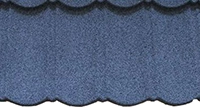
Bond
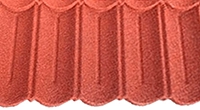
Heavy Dirty Bond

Classic
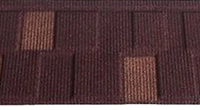
Shingle
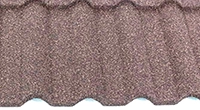
Milano
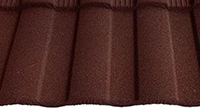
Roman
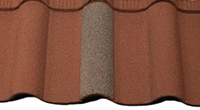
Groove
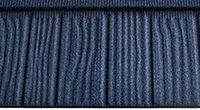
Makuti Grained

Slate
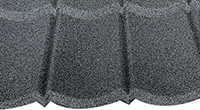
Lengthened
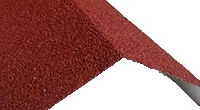
Roof Accessories
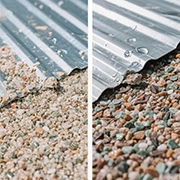
Roof Grade
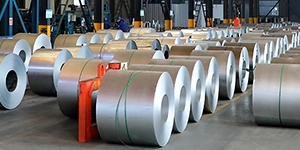
Steel Coils

Corrugated Roofing Sheets
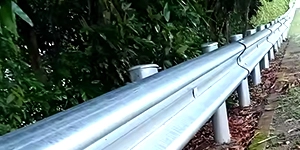
Corrugated Steel Sheet
1. High security
2. Strong durability
3. Easy installation
4. Good cost-effectiveness
5. Aesthetics
6. Environmental friendliness
As an important component of road traffic safety facilities, the main functions of high-speed Guard Rails are protection, guidance and buffering, which can effectively reduce the severity of traffic accidents. The following is a detailed description of its product advantages, classification and application scope:
Product Advantages of High-Speed Guardrails
1. High security
By absorbing collision energy, it reduces the impact force of vehicles and protects drivers, passengers and facilities around the road.
Flexible or semi-rigid structures can guide out-of-control vehicles back to the normal driving direction.
2. Strong durability
Mostly galvanized steel, aluminum alloy or plastic coating treatment is adopted to prevent corrosion and rust, and adapt to harsh weather conditions (such as heavy rain, intense sun exposure, salt spray).
3. Easy installation
Modular design, standardized components, high construction efficiency, and convenient later maintenance.
4. Good cost-effectiveness
The initial investment and long-term maintenance costs are low, and the service life can reach 15 to 20 years.
5. Aesthetics
The surface treatment processes are diverse (such as powder coating and hot-dip galvanizing), and the colors can be customized (commonly green and silver), which are in harmony with the road landscape.
6. Environmental friendliness
Some materials can be recycled and reused, reducing resource waste.
Classification of Highway Guardrails
1. Classify by material and structure
| Type | Characteristics | Applicable Scenarios |
| Corrugated beam guardrail | Composed of corrugated steel plates and posts, it has strong impact resistance and good guidance. | Main lines, ramps and median strips of expressways |
| Cable guardrail | Multiple steel cables are fixed on the posts, featuring high flexibility, excellent buffering effect and easy repair. | Mountain roads, scenic roads, and low-risk sections |
| Concrete guardrail | Cast with reinforced concrete, they provide rigid protection and prevent vehicles from crossing boundaries, but lack guidance. | Bridge, tunnel entrance, high-risk sections (such as cliffs) |
| Combined guardrail | It combines corrugated beams and concrete structures, taking into account both rigidity and energy absorption effect. | Special dangerous sections of roads and urban expressways |
| Three-wave beam guardrail | Reinforced corrugated beam (with greater wave height), stronger impact resistance. | Sections with a high volume of heavy vehicles (such as freight channels) |
2. Classified by protection level
Rigid guardrails: such as concrete walls, are suitable for sections where vehicles need to be completely blocked (such as Bridges).
Semi-rigid guardrails: such as corrugated beams, with balanced protection and guiding functions (mainstream choice).
Flexible guardrails: such as cables, they absorb energy through deformation to reduce impact (suitable for low-risk areas).
Application Scope
1. Expressway
Both sides of the main line, the median strip (to prevent oncoming collisions), and the intersections of ramps.
2. Special terrain sections
Sharp bends in mountainous areas, sections near cliffs or water (cable or concrete guardrails are preferred).
3. Urban roads
Entrances and exits of expressways, elevated Bridges and tunnels (with high anti-collision requirements).
4. Bridges and Tunnels
Bridge guardrails need to meet the anti-fall standards, and concrete guardrails are commonly used at tunnel entrances to buffer impacts.
5. Other scenarios
Around schools and hospitals (to reduce accident injuries);
Parking lots, toll stations (guiding traffic flow);
Temporary construction isolation (movable guardrails).
Selection Suggestions
Traffic flow: For high-traffic sections, corrugated beam or three-wave beam guardrails should be selected.
Terrain risk: Concrete guardrails are preferred at cliffs and deep gullies.
Environmental factors: Coastal areas need to enhance anti-corrosion treatment (such as hot-dip galvanizing + powder coating).
Cost control: Cable guardrails can be selected for suburban areas or low-risk areas.
Development Trends
Smart guardrail: Integrated with sensors or LED warning lights, it can monitor collisions in real time and issue alarms.
Environmentally friendly materials: Recycled metals or composite materials are used to reduce carbon emissions.
Through reasonable selection and installation, high-speed guardrails can significantly enhance road safety levels and reduce accident losses.